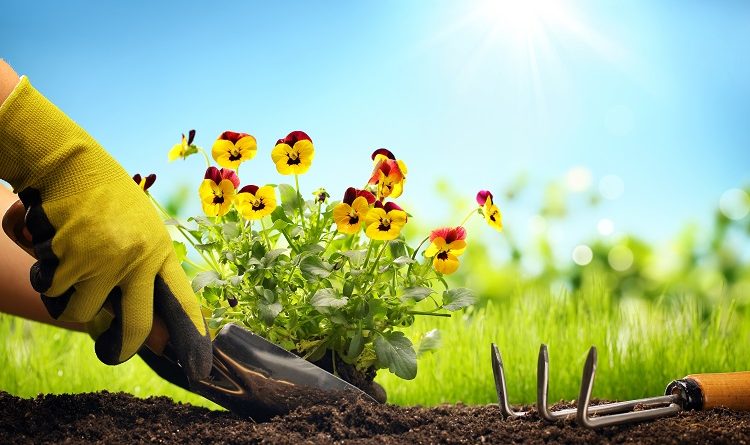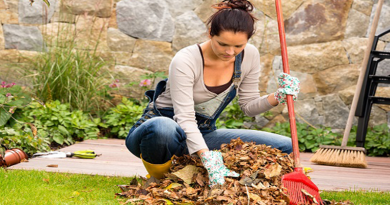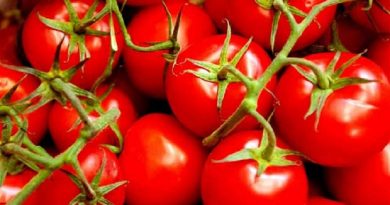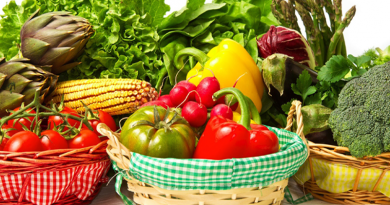Tomato planter 101: What type of planter works the best?
Tomatoes, freshly picked from gardens and juicy are highly sought after when it comes to preparations of salads and dishes. The tomato plants are of a versatile nature and can adapt to grow well in restricted and small soil patches. Thus many are choosing to grow their own tomato gardens at the convenience of their homes.
For those perfect fresh tomatoes, all you need are pots with good drainage. Nearly any type of tomato planter will work just fine as long as there are drainage holes at the bottom. Soggy and poor drainage from the soil causes tomato plants to rot at a rapid rate.
You have the option to invest in a garden patch tomato planter if you are interested in growing your tomatoes. This is your guide to the various tomato planter containers that are available in the market. As they say, a little bit of research goes a long way; so read on!
Porous Planters
Porous planters are usually clay containers which allow for certain benefits when it comes to growing tomatoes. First and foremost clay containers increase the beauty profile for your tomato patch or garden. The neutral and somber tint of porous containers provides the ideal contrast to the bright reds and greens of the tomato plants. Clay pots are heavier and thus resistant to being blown over by strong gusts of wind or accidental knock-over.
Additionally, clay is porous which means air can circulate the roots and temperature remains moderate within the pot. On the flipside, this porosity allows for faster drying of the moisture content of the soil thus frequent irrigation become imperative. Alternatively, you can also go for wood and fiber planters which are too porous. However, being of lighter materials than clay planters these may not hold up well with damp soil.
Nonporous planters
Nonporous planters or plastic planters are the most common type since they are cost-effective compared to clay or ceramics, are lighter and presents various shade options. The choices are wide and varied when it comes to plastic planters. Plastic planters might resemble expensive planters when it comes to the finish and looks but they are lightweight, so your plants might not have adequate protection against getting blown over. Additionally, plastic holds moisture well, but since they are nonporous, circulation is negligible. It leads to rotting of tomato plant roots when the mercury rises in the summer months. Nonporous containers can be of plastic, ceramic or metal varieties. Most ceramic containers do not have a drainage hole at the bottom surface.
Size and pointers
Tomato plants can grow in containers having a diameter range of 12-14 inches. The small size is essential for restricting vigorous rooting and growth cum production of tomatoes. But if you think you can handle a bigger size, you can go for containers that are in the diameter range of 20-22 inches. That will provide ample room for the roots to spread and to dry out of the soil won’t be a problem.
You should think of investing in a wheeled platform for moving tomato plants in a clay or ceramic planter as they tend to get heavy. Conversely to avoid the tipping over of plastic containers you can weigh them down by using a heavy stone at the bottom. Container-grown plants need frequent watering and nurture.
Check your potted tomato plants for rot regularly and reap the rewards!







When making salads and other dishes, juicy, freshly cut tomatoes from gardens are highly desired.
Get our Alteration Services in Franklin TN.
Tomatoes will fill in plastic, earth, stone, and, surprisingly, metal pots, however a pot that needs waste openings is pointless. Seepage openings permit overabundance water to get away. Just plant tomatoes in pots that have great seepage.
https://luxurylimousa.com/drifen/best-port-to-port-transportation-company-in-waimea-hi/
Best Port to Port Transportation Company in Waimea HI
Juicy, freshly picked tomatoes from gardens are widely desired while cooking salads and other foods.
https://tophomeimprovementsusa.com/j-c/reliable-backflow-prevention-services-in-yonkers-ny/
Reliable Backflow Prevention services in Yonkers NY
Because tomato plants in clay or ceramic planters can be heavy, you might consider investing in a wheeled platform.
https://photographyservicesusa.com/scott-jackson/reliable-birthday-party-photography-services-in-atherton-ca/
Reliable Birthday party photography services in Atherton CA
Tomato plants decay quickly when the soil is wet and has inadequate drainage.
Transportation Services for Corporate Events
The type of planter that works best depends on a variety of factors, including plant size, soil type, and climate. In general, hanging planters are ideal for smaller plants, as they allow for good drainage and air circulation.
Best AC Repair Services in Salt Lake City UT
Discover the best tomato planter for a healthy harvest in our guide. Learn which type suits your space and needs, and boost your gardening success with smart tips. Also, see how the Dreisatz Rechner can help with planting calculations!